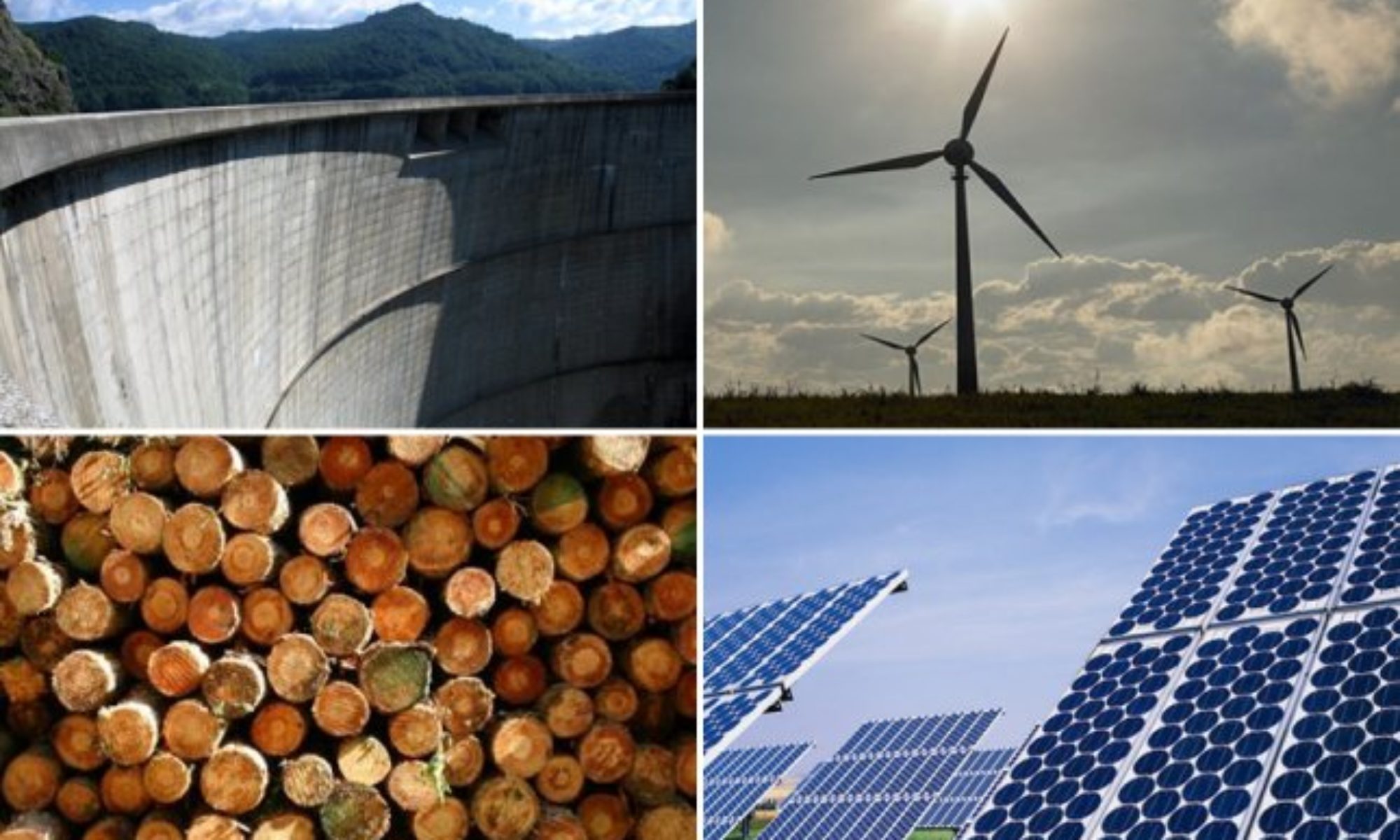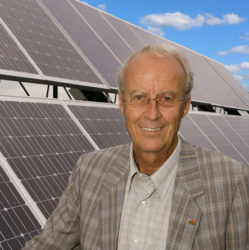Leveling the playing field
The New Context: Green Power Exceeding Expectations
Excerpts from http://pubs.pembina.org/reports/ontario-green-energy-report-august-web.pdf
“We may not need any [new coal or new
nuclear], ever… I think baseload capacity
is going to become an anachronism.”
— Jon Wellinghoff, Chair,
Federal Energy Regulatory Commission, April 21, 2009.5
Ontario’s ground breaking Green Energy Act has positioned
the province as North America’s leader in renewable power
development. In 2009, Ontario’s 1,000 MW of wind power
produced 2.3 terawatt hours4 of electricity – equivalent to the
power used in over 400,000 houses every year, while the output
from Ontario’s coal plants was down to 8.9 terawatt hours. In
the last six months, the province has contracted for an additional
4,800 MW of new renewable energy generation to be built within
the next five years under the Green Energy Act, which would
generate roughly 11.4 terawatt hours annually. At the same
time, Ontario Power Generation (OPG) is proceeding with plans
to convert some of its coal burning units to produce 2 terawatt
hours annually from biomass.
In total, Ontario has already procured more green energy in 2010
than it expected to over the next 17 years.
Thanks in part to the success of the
government’s conservation programs,
electricity demand is now expected
to decrease over the next decade.
Instead of building additional electricity
supply, we can now focus on using
modern green energy options to
replace retiring nuclear stations.
The province has already made commendable progress in building
a green economy. Ontario is on track to phase out its coal stations
by 2014 and replace them with a mix of conservation, green energy,
and cleaner gas generation. Much of this progress, however, will
come to a halt if the government stays the nuclear course.
The Green Energy Plan 2.0, outlined below, presents an affordable
and forward-thinking option. It is less risky than buying a new
nuclear station. The 3,000 MW of capacity in the six reactors at
the Pickering plant currently provide about 15 per cent of Ontario’s
overall electricity when they are operating well. Instead of relying on
new untested nuclear plants, Ontario could replace the contribution
from these aging reactors to the province’s supply with a portfolio
of proven hydro, wind, solar, biomass, Combined Heat and Power
(CHP), conservation and efficiency options.
Ontario’s green energy legislation provides many of the right
conditions for conservation and renewable energy to thrive.
But if green energy is ever to reach its full potential, the
government must revise its 2006 commitment to maintaining
nuclear at 50 per cent of supply. Otherwise, the government
will cause clean energy to remain a marginal source of power
in Ontario, despite the innovative Green Energy Act.
A Green Energy Plan 2.0 would allow Ontario’s green workforce to continue growing and diversifying the province’s economy.
Ontario is already seeing progress being made on creating a
“green collar” workforce.
The growth in the green jobs sector can and should continue.
A recent study by Blue Green Alliance, a coalition of environmental
and labour groups, estimated that 90,000 jobs could be created
with green energy over the next decade by replacing aging
nuclear stations with green energy as they retire.
The province’s domestic content requirements, for example, require
at least 25 per cent of wind project costs and 50 per cent of large
solar project costs to come from Ontario goods and labour. Along
with guarantees in prices for energy generated from renewable
sources, companies will have the confidence to invest in Ontario,
hire workers, and produce and sell green energy.
One of the major benefits of the Green Energy Act is that it allows
renewable energy producers across the province to connect to
the grid — not just those working in a nuclear facility. Aboriginal
communities, homeowners, farmers, schools, factories, co-ops, as
well as large-scale commercial generators will be able to boost local
economies and create jobs by selling green energy to the province’s
electricity grid. In the green energy future, everybody wins.
Unlike jobs in the nuclear industry, an upgraded green energy
plan will bring more diverse jobs to all corners of Ontario. The
province can expect to see jobs in wide-ranging sectors such
as manufacturing, industrial efficiency, clean generation, home
retrofitting, and offshore developments.
Building a 21st century energy system means that Ontario must
learn from its 20th century mistakes with nuclear power. Clean
energy sources must be given room to grow in order to realize
their potential. The Ontario government’s role is to provide
direction and guidance to encourage the province’s transition
to a green energy future.
In 2008, then-Minister of Energy and Infrastructure George
Smitherman stopped the Ontario Energy Board’s review of the
Ontario Power Authority’s 2007 long-term electricity plan and
instructed it to review and “enhance” its long-term targets for
renewables, conservation, and decentralized energy within six
months. At the time, the Minister insisted nuclear would still
remain at 50 per cent of supply, inadvertently limiting significant
enhancements to green targets.
Since that time, it has become clear that green energy can play
a more significant role in in Ontario’s energy plan.
Adopting a portfolio of renewable energy sources has numerous benefits:
Doable — All the energy options in the portfolio are proven to
work and can easily meet and surpass the green targets
established in 2006.
Diverse — Instead of risking billions of dollars on an untested
reactor, this green portfolio would provide power diversity from
proven sources: onshore and offshore wind; local, residential,
and industrial power stations; and efficiency programs.
Disperse — Combined Heat and Power (CHP) stations could provide
efficient baseload power to hospitals, schools, and industrial facilities
across Ontario instead of being centralized in a distant location.
Conservative — The OPA already intends to surpass its original
targets for wind power for 2014. The additional wind capacity
proposed here is less the OPA’s own deployment estimates for 2014.25
Cost effective — Feed-In Tariff rates are scheduled to be reviewed
and likely decline over time for new projects, while projects that are
already approved will remain fixed for 20 years. Meanwhile, nuclear
power costs have continued to escalate.
Highlights of Ontario’s
Green Energy Plan 2.0
Recommendations
1. Direct the Ontario Power Authority to replace the Pickering
reactors by increasing its mid-term baseline targets (between
the years 2015 and 2020) for renewables, conservation, and
Combined Heat and Power.
2. Forgo or delay buying new reactors.
3. Follow through on commitments to establish a Feed-In-Tariff for
Combined Heat and Power generation in order to enable the
development of diversified baseload generation.
4. Instruct the Ontario Power Authority that aging nuclear facilities
can be replaced by cost effective green energy options.
~~~~~~~~~~~~~ end of excerpts from the Report ~~~~~~~~~~~~~~~
< …and lets all get together and figure this out.. because the future of this Country and this Province really depends on what we do today>
If you have recommendations as to what we should be putting forth as the sustainable directions for future prosperity, security and well-being in all matters pertaining to energy, conservation, technology, food, shelter, transportation, environment and our overall economy please add your comments below. Recommendations only. The debate is being held elsewhere. Thank you all.

